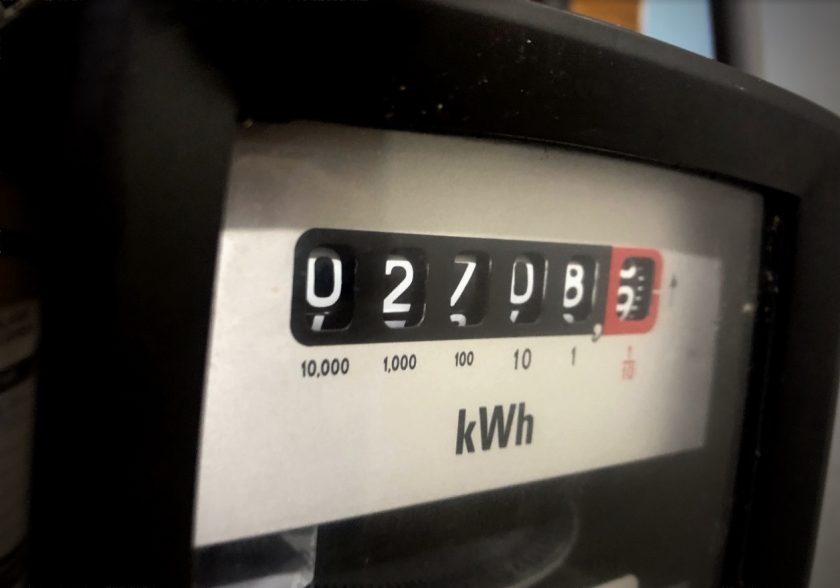Ofgem: Energy bills set to surge by 10% in October price cap hike

Households across the UK are bracing for a sharp rise in energy costs this autumn, as the energy regulator Ofgem has announced a 10% increase in the energy price cap starting from 1 October 2024.
The increase will see the average annual energy bill for a dual-fuel household paying by direct debit rise to £1,717, adding approximately £12 per month to the typical bill.
This increase comes as part of Ofgem’s quarterly adjustment of the energy price cap, which limits the maximum amount energy suppliers can charge customers per unit of energy and through standing charges.
Although the new cap represents a significant increase over the previous quarter, it is still 6% lower than the same period last year, when the average bill was £1,834.
Ofgem has stated that the primary driver behind this latest hike is ongoing volatility in the global energy market, exacerbated by geopolitical tensions and extreme weather events that have intensified competition for gas supplies.
Ofgem acknowledges the strain this will place on households and is working closely with the government to identify ways to support those most in need.
In addition to the price cap announcement, Ofgem has published a paper exploring options to reduce domestic standing charges, which are the fixed costs consumers pay to have energy delivered to their homes. North Wales residents pay the highest standing charges in the UK.
Proposed changes include offering a wider range of tariffs to give consumers more flexibility and potentially shifting some of these fixed costs to the unit rate charged for energy use.
However, the regulator has warned that any changes could have complex effects, particularly on low-income households who may be disproportionately impacted.
Jonathan Brearley, CEO of Ofgem, commented on the situation: “We know that this rise in the price cap is going to be extremely difficult for many households. Anyone who is struggling to pay their bill should make sure they have access to all the benefits they are entitled to, particularly pension credit, and contact their energy company for further help and support.”
Mr. Brearley also encouraged consumers to explore their options, including considering fixed-rate tariffs that might offer savings and price stability over time.
Meanwhile, Ed Miliband, the Secretary of State for Energy Security and Net Zero, expressed concern over the price cap rise, attributing it to the “failed energy policy” of the past.
He said: “This will be deeply worrying news for many families. The rise in the price cap is a direct result of the failed energy policy we inherited, which has left our country at the mercy of international gas markets controlled by dictators.
“The only solution to get bills down and achieve greater energy independence is the government’s mission for clean, homegrown power. That’s why we have hit the ground running, lifting the onshore wind ban, consenting unprecedented amounts of solar power, and setting the largest-ever budget for our renewables auction.
“We will also do everything in our power to protect billpayers, including reforming the regulator to make it a strong consumer champion, working to make standing charges fairer, and implementing a proper Warm Homes Plan to save families money.” Mr. Miliband said.
Emily Seymour, Which? Energy Editor, said:
“Households across the country will understandably be worried to hear that the energy price cap will rise by 10% from October—when temperatures drop and we all use more energy.
“Consumers could try shopping around for energy deals and looking out for any that might be cheaper than the October price cap when it comes into effect. Unfortunately, there’s no ‘one size fits all’ approach when it comes to fixing an energy deal, as it will all depend on your individual circumstances. You should compare what your monthly payments would be on a fixed deal with what you’d expect them to be if you remain with the price-capped variable tariff to see what the best option is for you.
“As a rule of thumb, we’d recommend looking for deals around the price of the current price cap, not longer than 12 months and without significant exit fees. Consumers can use switching services, like Which? Switch Energy, to keep an eye on the best fixed deals available and compare deals to see what’s cheapest for them.”
Spotted something? Got a story? Email: [email protected]
Latest News
